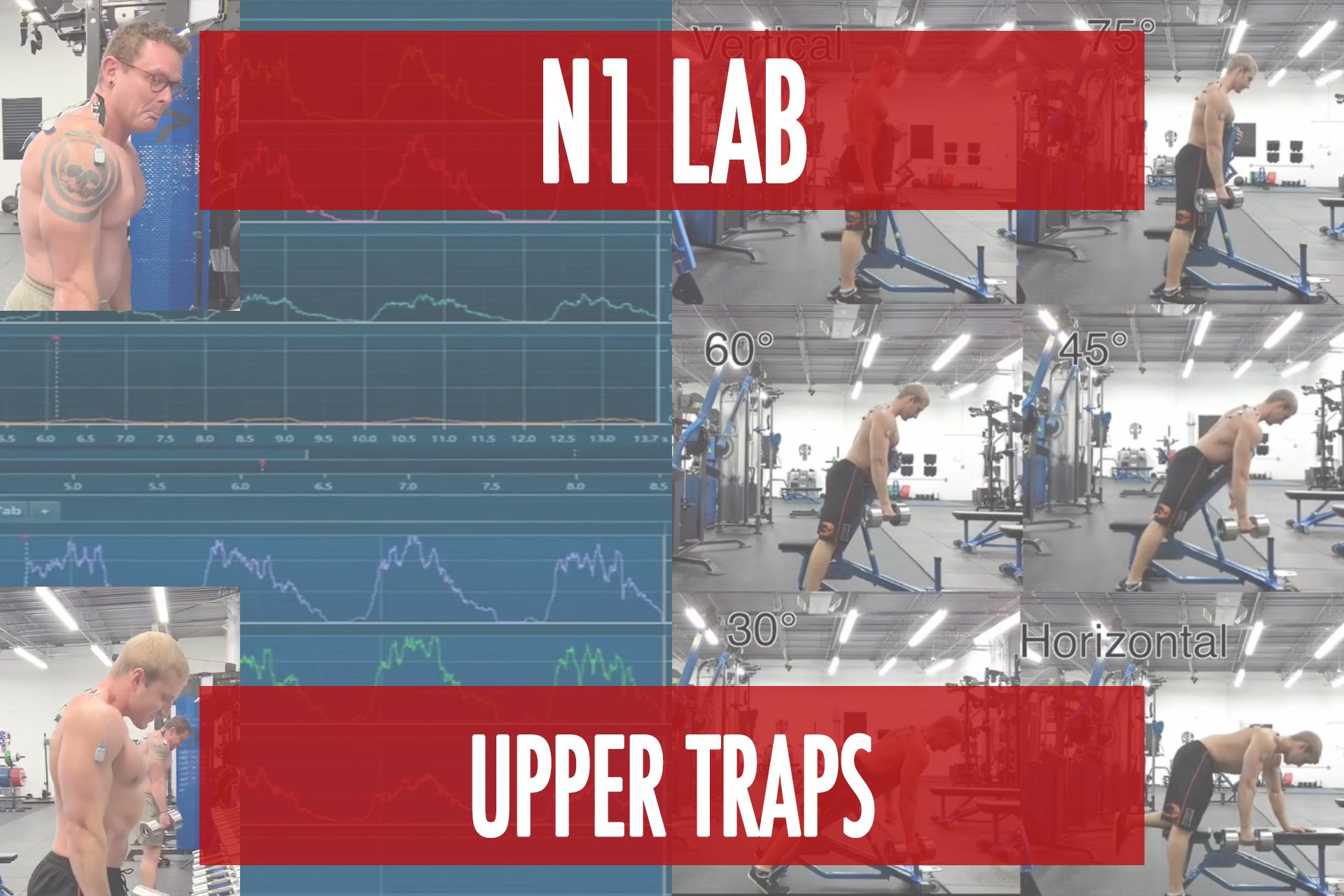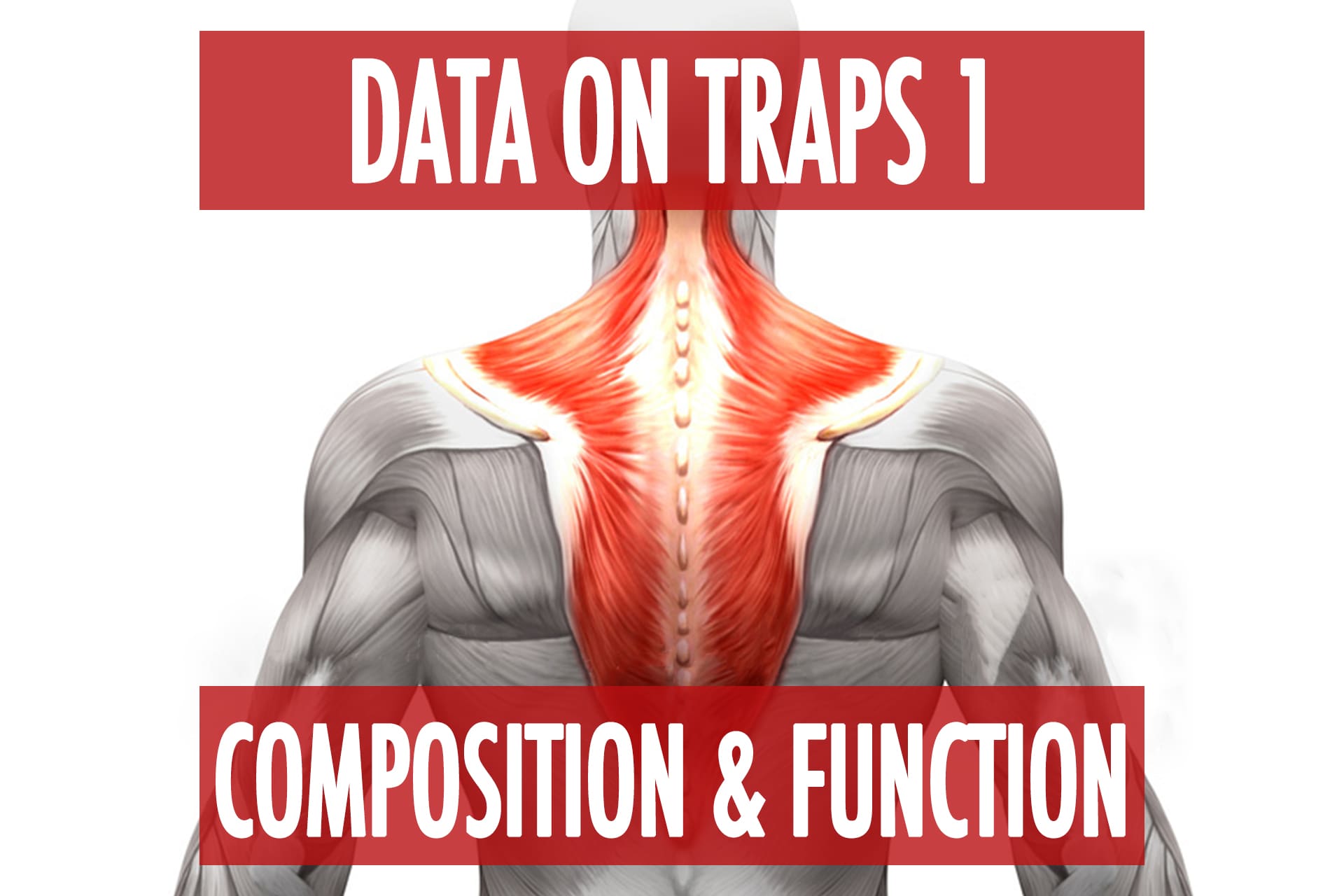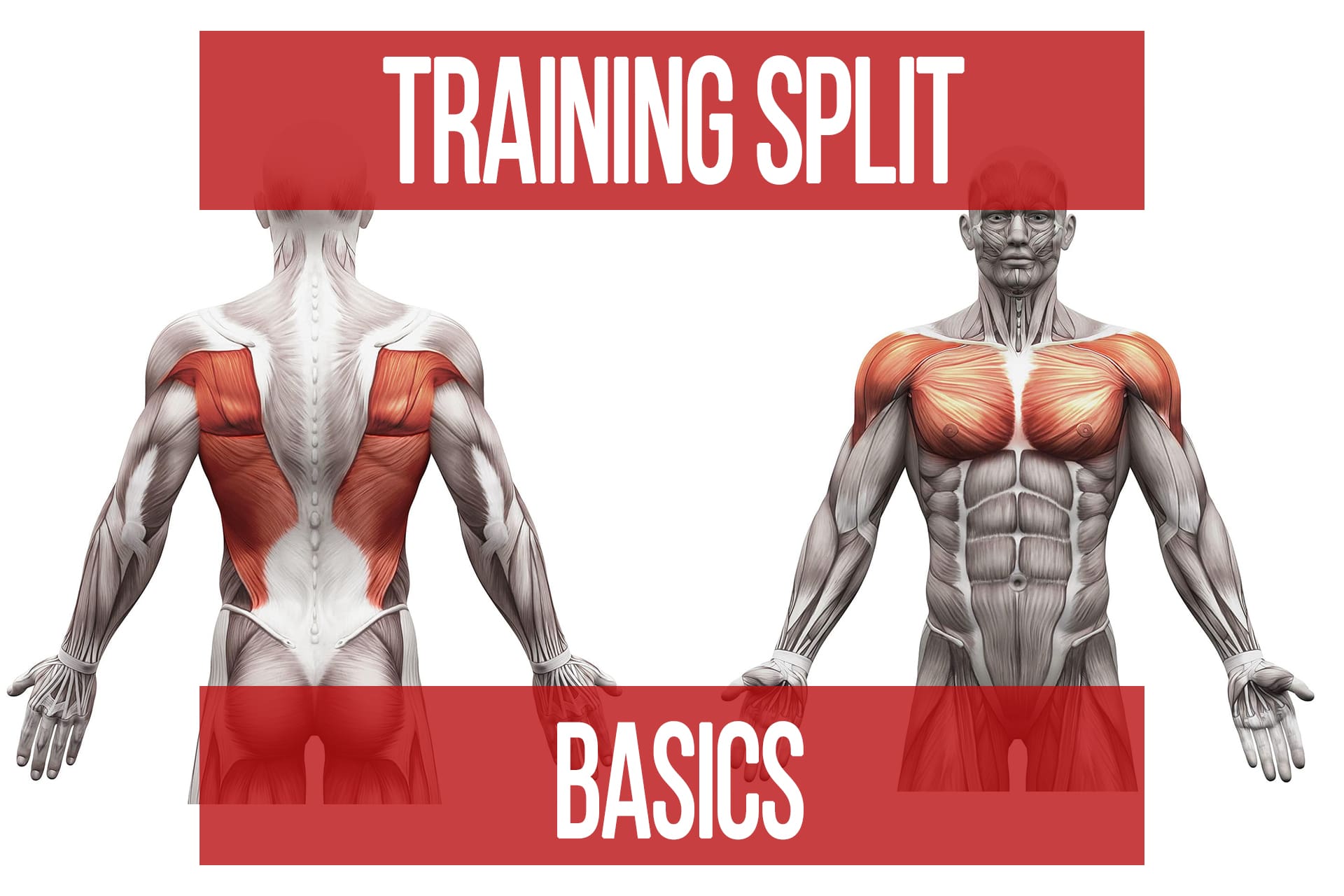Data on Traps Part 3: Training Recommendations
n1 training
What are my training suggestions for upper traps?
Shrug variations are going to be your ideal training motions for the upper traps. Since the upper traps do not attach to the scapula or the humerus, and their function is to raise the shoulder up and slightly back by rotating the clavicle at the joint where your clavicle meets your sternum (sternoclavicular joint).
Exercises that will be limited by the shoulder torque wouldn’t be your best choice for hypertrophy, for example, lateral raises, low to high rows, etc. These exercises will still work the upper traps to various degrees so they should be considered in regards to total volume. But, you wouldn’t use them if your goal was specifically upper trap stimulus.
Another important consideration is how much loading you are getting from heavy pulls. Perhaps even more important that accounting for things like lateral raises , low to high rows, and overhead movements is exercises like deadlifts, trap bar deadlifts (it’s in the name lol), RDL’s, and any other exercises where the traps are isometrically holding alot of load in a relative lengthened position. These exercises are likely to contribute to more overall stimulus and fatigue in the traps than your DB lateral raises for example.
To be honest, for many people they don’t need to directly train their traps because of how much overlapping volume they get through training the rest of their body. In some cases for female competitors we actually have to make exercise selection decisions to intentionally reduce the volume or trap volume that they are getting in their lower body exercises.
My recommended exercises for direct upper trap training:
1) Vertical and near vertical shrug variations
- Barbell in front shrugs
- DB shrugs
- Trap bar shrugs
- Low cable shrugs
- Lever machine shrugs
- Unilateral shrugs with cable, smith, or stabilized barbell (rack or landmine)
My recommended exercises for direct upper trap training-overhead:
Overhead shrugs
- Unstable variations
- Barbell overhead
- Trap or swiss bar overhead
- Cable overhead
- Handstand shrugs
- Stable variations
- Overhead machine shrugs
- Smith machine overhead shrugs
- Landmine overhead shrugs
Programming Tips
As I already mentioned, consider the overlapping volume of other exercises.
2) Consider what ranges of motions and types of loading you are getting from your other training, and try to compliment rather than just being redundant.
For example, if you are already doing heavy pulls from the floor, consider an overhead or emphasizing the top range with cable shrugs or pauses.
3) Choose your best exercise options that balance both stability and range of motion as well as comfort/biomechanics.
For example, a trap bar shrug might be better in regards to ROM than a barbell and more stable than dumbbells if you can set it up.
4) Single arm variations are great too.
Unilateral shrugs using a stabilized barbell were a favorite of Charles Poliquin, and I also found them to be quite good. They are stable, pretty easy to set up, and I prefer them over a DB variation.
5) Be smart with tempo.
- Explosive concentrics are fine, but don’t be careless on the eccentric.
- Pauses in both the bottom and the top can have good applications.
“I learned this lesson when trying to build my traps. Despite having done shrugs with over 700 pounds for reps, my traps didn’t grow. Once I started using lighter weights, I could actually feel them contract hard, and they grew like crazy. Holding shrugs at the top on every rep for three seconds did the trick.” – Paul Carter 2017 – T-Nation
Technique Tips
1) Posture matters when lining up your exercises
- The upper traps are going to draw the lateral portion of your clavicle, where it meets your scapula and delt, towards your lower neck so up and slightly back.
- Most people naturally flex their neck forward a bit when doing vertical shrugging motions which likely gives them a natural angle for their traps to move the clavicle in a vertical motion with gravity.
2) Keep the head and neck still during the lift.
3) Remember the shrug is a clavicle motion, the clavicle rotating is what is elevating the scapula.
- So think very vertical with your shoulder path. Don’t overly focus on squeezing in or retracting, but rather let that happen naturally.
- If you need an additional cue, imagine you were driving your shoulder towards an imaginary spot a few feet above the back of your head.
Integrated exercises like Y raises and other various raises are good ways to train the integrated function along with a variety of pulls etc., which can be great for shoulder health, stability, mobility, and specific strength, but for hypertrophy, the shrug variations are where you want to invest your volume. Don’t try to get too fancy.
Upper trap training is shruggingly simple, so when it comes to things like Zercher shrugs, if you like them, more power to you. But, that’s a hard “no” from me in terms of recommendations.
Data On Traps Part 2: Levator vs Upper Traps
articleAnatomy & Biomechanics Biomechanics FREE Instagram
Popular Pages
Learn & Train With Us
Add N1 Training to your Homescreen!

Please log in to access the menu.



